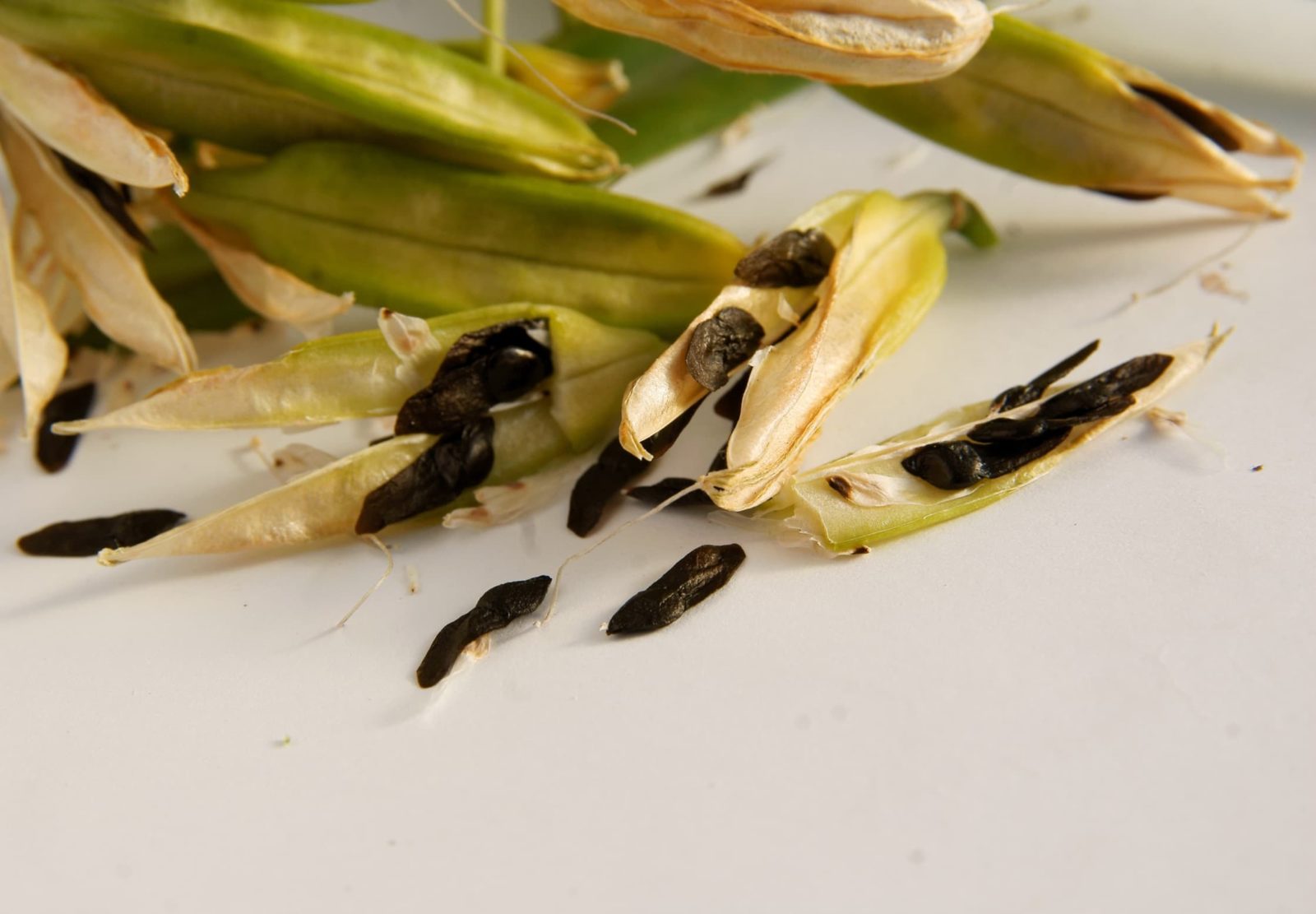There Are Two Main Ways To Propagate Agapanthus – Here’s The Pros And Cons Of Each

PERENNIALS > AGAPANTHUS > PROPAGATION

Elizabeth is a Permaculture Garden Designer, Sustainability Consultant and Professional Writer, working as an advocate for positive change. She graduated from the University of St. Andrews with an MA in English and Philosophy and obtained a Diploma in Applied Permaculture Design from the Permaculture Association.
Reviewed By COLIN SKELLY

Colin is a Horticulturist and Horticultural Consultant with experience in a range of practical and managerial roles across heritage, commercial and public horticulture. He holds the Royal Horticultural Society’s Master of Horticulture award and has a particular interest in horticultural ecology and naturalistic planting for habitat and climate resilience.
IN THIS GUIDE
AGAPANTHUS GUIDES
Common Problems
Container Growing
Deadheading
Propagation
– Growing From Seed
– Dividing
Pruning
Repotting
Varieties
Winter Care
Agapanthus, or African Lilies as they are sometimes known, can be great perennial flowers to grow in a container garden, or sometimes in a sunny border.
Once you have one of these plants in your garden, you may well want more.
Fortunately, Agapanthus is relatively easy to propagate.
Agapanthus Propagation Methods
There are two main ways to make new plants from an existing Agapanthus. These are:
- Growing from seed.
- Division of mature plants.
Both of these methods can allow you to easily obtain new Agapanthus for your garden – and you can learn a little more about both of them below to discover which option might be the best one for you.
See our individual articles to explore both of these methods in more depth, or see our brief overview, and some of the pros and cons of both of these two options below.
Method One: Growing Agapanthus From Seed

Use this guide to learn how to grow from seed.
Seeds can easily be harvested if the flowers of an existing Agapanthus are left to develop into pods, and seeds are allowed to mature.
These are typically ready to collect in July or August, and you can sow these as soon as you collect them.

Seed pots or trays are then prepared, and filled with a seed starting potting mix.
The seeds are pressed into the surface of this medium, then covered with a thin layer of horticultural grit.
The trays or pots are left in a suitable place for germination to take place.
Then, once the plants are growing well, the seedlings are pricked out to grow on in their own pots before they are planted out or potted up the following spring.
Pros
- Numerous plants can be obtained through this means of propagation.
- You do not need to disturb your existing Agapanthus plant.
- Sowing seed can throw up some interesting variations since many types won’t come true from seed.
Cons
- You won’t get plants that are the same as the parent (which can be interesting, as mentioned above, but which may also be disappointing if you love the existing plant and want more like it).
- It will usually take at least two years from sowing seed for the plants to flower. So patience is required with this propagation method.
Method Two: Dividing Agapanthus

Use this guide to propagate through division.
Dividing a mature Agapanthus is potentially a way to enjoy new flowering plants much more quickly – and it is a very easy job to do.

It simply involves lifting a mature existing Agapanthus from the soil, or from its container, and splitting the root system apart to give two or more new plants.
“If the existing Agapanthus is large and well established it could involve a lot of effort to remove the whole plant for division,” says Horticulturist Colin Skelly.
“In such situations I have removed outer sections and replanted or potted them, saving time and energy for other tasks!”
Pros
- You can gain new plants identical to the parent plant.
- Divisions will usually flower more quickly than Agapanthus grown from seed.
- The process is a little simpler and less time-consuming than sowing seeds and tending to seedlings and young Agapanthus plants.
Cons
- Your existing mature Agapanthus will be somewhat diminished by the process.
- You won’t get as many new plants as you can get by sowing seed.
As you can see from the above, there are pros and cons to both methods of Agapanthus propagation.
However, both can be useful in helping you to avoid purchasing new plants and instead, growing your plant collection from the plants you already own.
